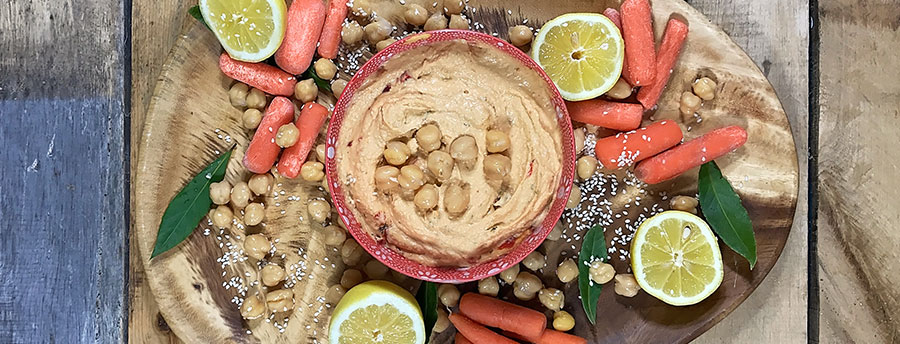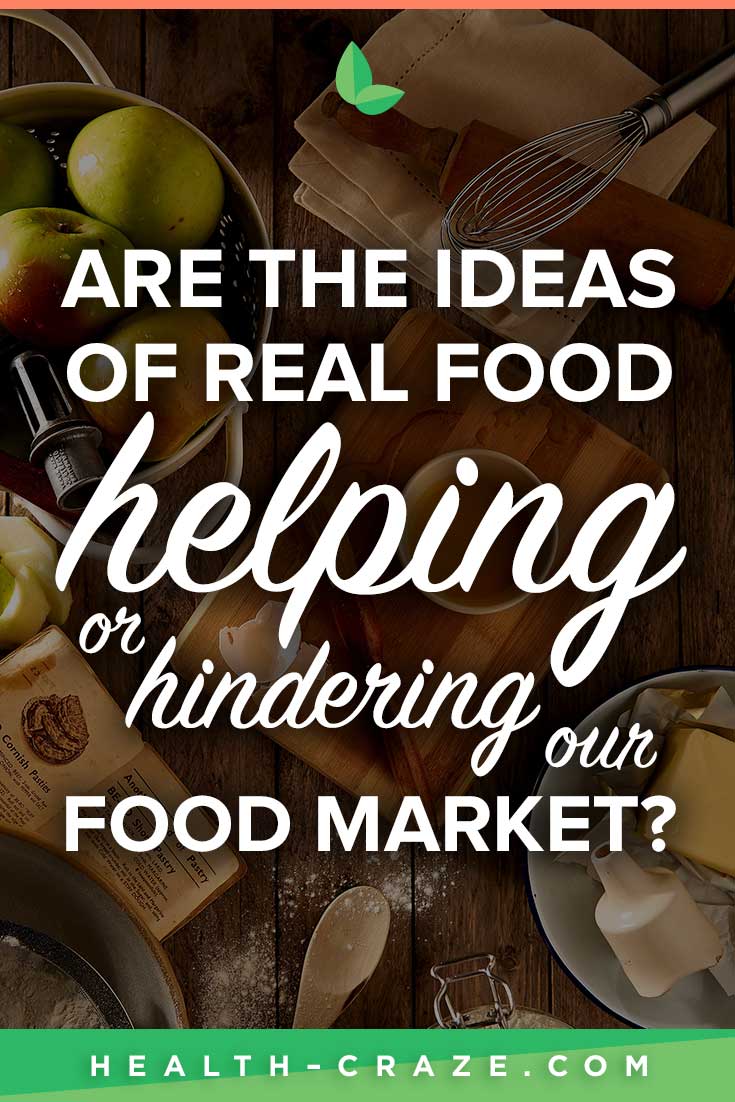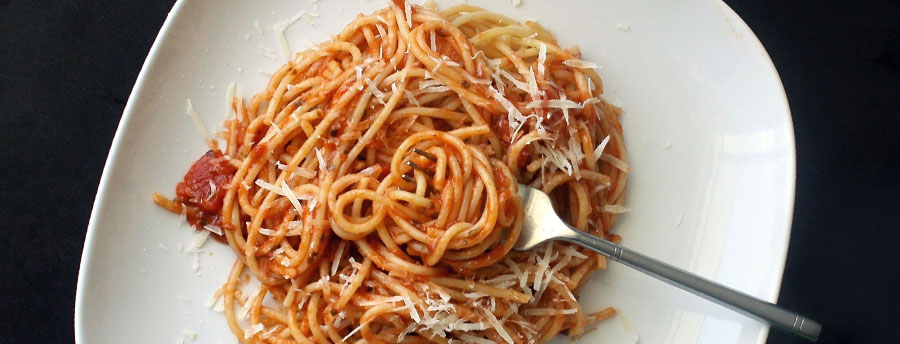What if a brand of yogurt could help you change your genetic predisposition? How loyal would you be? Well, one yogurt probably can’t, but evidence is building that suggests that the right combination of the right foods could, by changing the behavior of our DNA and genes in staggering ways. I’ve heard a lot of people say that their family has a history of cancer, stroke, or heart disease (as does mine) and that means they are sure they will too, but this doesn’t have to be our fate, and there is a role brands can play.
While we’re all born with a set of genetic predispositions, we can bring out the best or worst in our genes based on the nutrition, exercise, and lifestyle choices we make. The average American’s diet and brand preferences are not doing our bodies any favors. Few American consumers meet even the minimum recommended levels, the Dietary Reference Intakes (DRI), for most vitamins and minerals that are known to be necessary for proper cell function, and that means we’re not even close to living our best lives. Without these nutrients, all of the biochemical reactions that happen in our cells slow down, reduce DNA synthesis and diminish cell repair activities-leading to faster aging.
Brands in the healthy food space have the power to encourage people to choose “good for you” food through innovation and education. This means there are a lot of opportunities for brands if they get engaged in the conversation and educate people on the potential long-term benefits of healthier eating.
Processed food, junk food, and sugar do not supply the nutritional building blocks for our genes and may be the start of all of the inherited diseases like heart disease, obesity, cancer, dementia, and liver failure. But on the other hand better lifestyle choices like eating broccoli, beans, berries, cinnamon, and my personal favorite olive oil all are actually shown to reduce your risk of diseases like cancer, heart disease, diabetes, and stroke. There are other benefits like lowering bad cholesterol, raising good cholesterol, getting a good night’s sleep, and improved memory and mood.
One brand that is already changing the way we eat is Beyond Meat. They make the Beyond Burgers, Sausage, Chicken Stripes, and Beef Crumbles that all are all made of plant protein. The Burger has 20g of good for you plant protein that tastes good instead of eating a regular burger (that would increase your risk of cancer by 16 percent and heart disease by 21 percent). Yooga is another brand taking traditional yogurt and making it plant-based, and keeping it healthy. Yooga’s superfood cups are made of coconut milk, fruit purees, chia seeds and while there are a lot of other plant-based yogurts exists they also all have a lot of sugar. Yooga has less than half the sugar of the others.
Right now, most articles being written about this compelling topic only reference fresh vegetables, lean proteins, and fringe supplements, but there are opportunities for all kinds of healthy food brands to get engaged in this conversation. As people are becoming more and more aware of the benefits AND downsides of certain foods, your brand has the opportunity to be a real trailblazer in helping people alter their genetic futures and potentially help them live longer healthier lives. What would someone be willing to pay for that? Let’s talk.
















